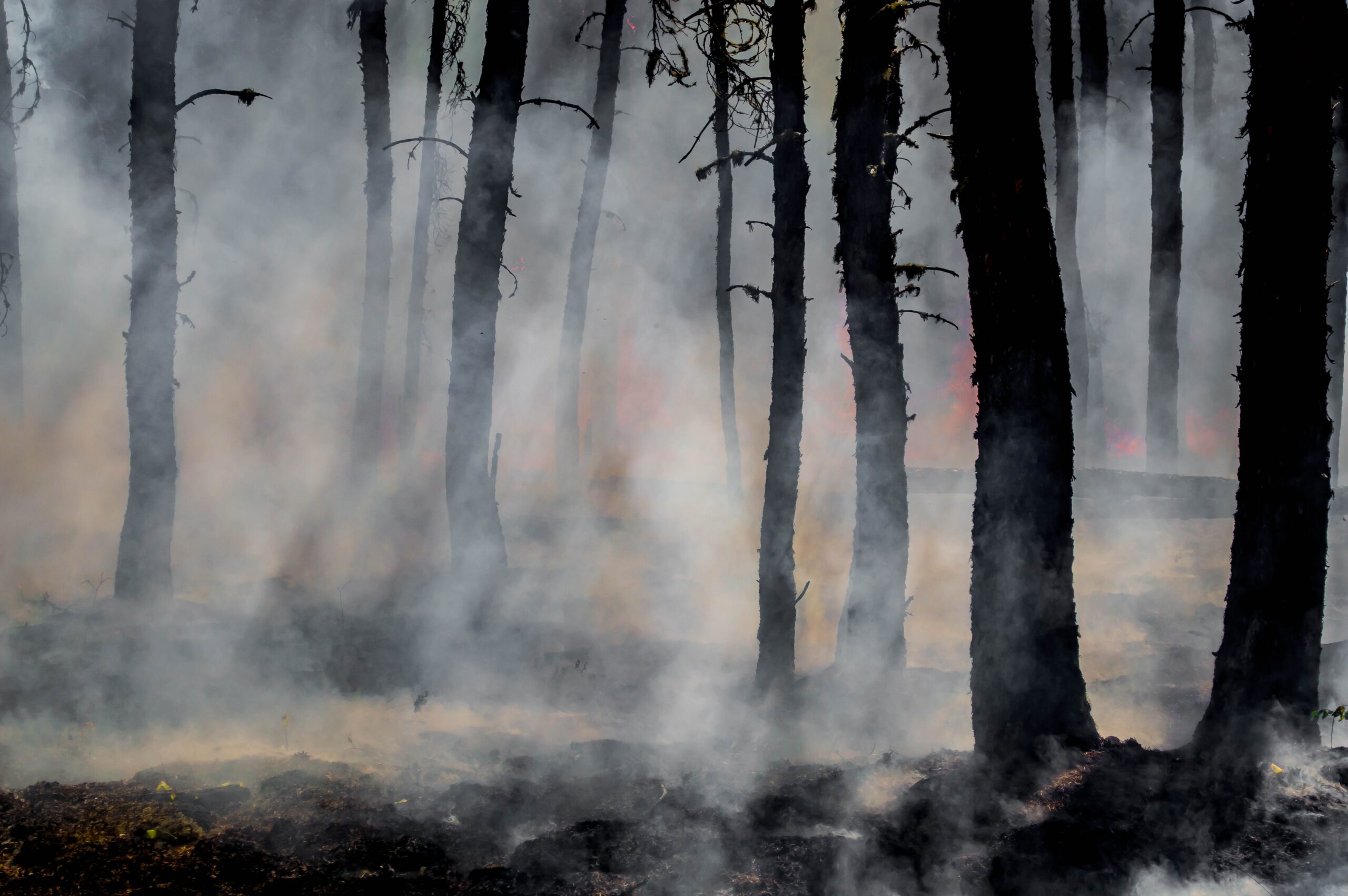
How often do you get your hair cut? Odds are you go every couple of months—maybe in the depths of the Covid pandemic, you stretched it to half a year before it became unmanageable. What if you had to wait 10 years for your next trip to the barber? If we won’t wait a decade for a trim, then we shouldn’t force our forests to.
Forests become clogged with dense stands of trees and dead vegetation, making them less resistant to disease, less adaptable to climate change, and less resilient to wildfire. Much like cutting dead ends promotes healthy hair growth, active forest restoration rehabilitates America’s forests and promotes ecosystem health.
Wildfires started by lightning or Indigenous people historically played the role of thinning and rejuvenating cluttered forests throughout the West. Modern efforts to stamp out most wildfire from landscapes, however, have left many forests overgrown and at a greater wildfire risk. Today, the U.S. Forest Service is attempting to mitigate this outcome through its forest restoration efforts. Mechanical thinning and prescribed burning are common ways to give forests “haircuts.” The former entails removing small or diseased trees and vegetation that can choke forests. The latter involves setting deliberate fires during favorable seasons and conditions to burn the forest floor, which regenerates grasses and eliminates fuel that could otherwise stoke intense wildfires during the dry season.
Forests that are actively managed are less likely to result in megafires, which devastate wildlife habitat and human communities alike. With the Bootleg Fire of 2021 in southern Oregon, for instance, areas that had been treated with prescribed fire and mechanical thinning remained lush, green, and only slightly maimed. In other areas that had not been treated, the wildfire raged on, with flames reaching 200 feet, decimating the landscape.
Before the Forest Service begins any restoration project, it undertakes careful planning and required environmental reviews. The process, which often moves as slowly as molasses, can take years to complete. One aim is to avoid harmful impacts to endangered species, such as damaging habitat. But with 80 million acres of Forest Service land alone in need of restoration, duplicative red tape can impede much-needed forest management.
In 2015, a federal court decision known as Cottonwood threatened to make forest restoration work much harder—and potentially even slower. Under the ruling, the Forest Service is required to restart extensive consultations over endangered species impacts at the forest plan level in many Western states. The Obama administration described the ruling as one that could “cripple” the Forest Service’s restoration work.
The rub is that the Cottonwood decision does not benefit endangered species or promote their conservation because the Forest Service already reexamines projects with on-the-ground impacts when a new species is listed. The ruling simply forces the Forest Service to repeat its homework before it could get to work restoring forests.
Reconsulting over a forest plan might not sound like much, but when you consider the stringent planning that the Forest Service already does before it can put projects in motion, it’s significant. A PERC study from 2022 found that a mechanical thinning project on average takes roughly three and a half years from the time an environmental review begins to when work in the forest actually starts. If the most stringent type of environmental review is required, then that timeline can jump to over five years. If a project is litigated, an average of another two years can be added on top of that.
When standard environmental reviews are paired with duplicative red tape and, in some cases, litigation, the result is dire for overgrown western forests in need of treatment. A restoration project outside of Bozeman, Montana, that the Cottonwood lawsuit targeted, for instance, took more than a decade to begin work in the forest.
Congress recognized how Cottonwood threatened forest management across the West and streamlined the process through legislation in 2018. But that fix expired on March 23. According to the Forest Service, the expiration means that the agency must restart the planning process for about 87 forest plans. This would take up to a decade to complete at a cost of millions of dollars—resources that, otherwise, could fund on-the-ground restoration.
Americans care about our forests, which is why there is strong bipartisan support for solving this issue. If you wouldn’t put off a haircut, then how much more essential is it that we maintain our forests on time? Congress should quickly pass a Cottonwood fix so that we can fix America’s forests.



